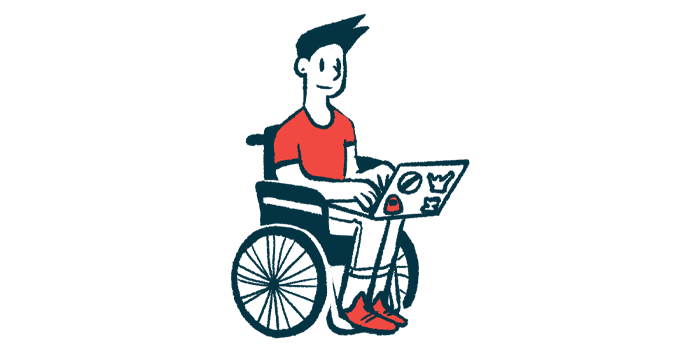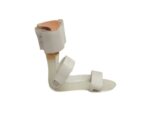Disease Severity, Walking Needs May Guide Patients’ Orthosis Choice

Clinical indices measuring disease severity and the need for walking assistance may help patients with Charcot-Marie-Tooth (CMT) disease in deciding on the type of orthosis required to provide added support for weakened muscles, a study found.
Both the Ambulation Index (AI) and the Charcot-Marie-Tooth Neuropathy Score (CMTNS) “can be effective tools to aid in the correct choice of orthotics,” the researchers wrote.
The study, “Charcot-Marie-Tooth neuropathy score and ambulation index are both predictors of orthotic need for patients with CMT,” was published in the journal Neurological Sciences as a collaborative effort of researchers in Italy and the U.S.
CMT affects both motor neurons — the nerves that control muscle movement — and sensory nerves, which carry sensory information to the brain. As a result, the muscles become weak and waste away. Symptoms usually begin in the feet and legs, which can make walking and balance difficult.
To improve gait and reduce falls, “patients with CMT typically use different kinds of [orthotic] devices, ranging from shoe inserts to ankle foot orthoses,” the researchers wrote.
“Having more complete information of the relationship between disease severity and the type of orthotic [device] used,” they added, “would provide useful information for health care providers to help provide the best choice in what they prescribe for patients.”
To address this need, the team looked back at the medical records of 149 patients — 75 women and 74 men — with a confirmed diagnosis of CMT. Their mean age was 53.2, and ranged from 18 to 89.
Among the patients assessed, 74 (49.7%) had CMT1, 24 (16.1%) had CMT2, and three (2%) had autosomal recessive CMT4, meaning they had a mutation in both copies of the disease-causing gene.
Another 30 people (20.1%) had CMT type X (CMTX), a group of inherited disorders of the peripheral nervous system. The remaining 18 (12.1%) had hereditary neuropathy with pressure palsies (HNPP), a condition that also affects motor and sensory nerves.
Most patients (86.6%) required an orthosis — a brace or other device to correct alignment or provide support. These ranged from shoe inserts or insoles to ankle–foot orthoses, to a cane, a walker, or a wheelchair.
Disease severity, as measured using the CMT Neuropathy Score or CMTNS, was strongly correlated with the time and degree of assistance required to walk 25 feet, which reflects the Ambulation Index, known as AI. This means that the more severe the disease, the greater the need a patient has for walking assistance.
When the researchers compared the group of patients who wore shoe insoles with those who did not use any form of orthosis, they found that the mean CMTNS was higher in those wearing the assistive devices (9.3 vs. 2.5). The mean CMTNS was even higher for those wearing a low ankle–foot orthosis extending just above the ankle (15.2) or a high ankle–foot orthosis extending further up the calf (17.1). Patients who needed a cane for walking had a lower mean CMTNS than those who needed a walker or wheelchair (13.1 vs. 24.6).
Similar findings were obtained for the AI.
“Our data demonstrate that the CMTNS and AI are both good predictors of orthotic needs for patients with CMT,” the scientists wrote.
The proportion of participants using each type of orthosis varied with the type of CMT disease. Patients with CMT1 used shoe insoles most commonly, while two of the three participants with CMT4 used walkers or a wheelchair.
In those with CMTX, among whom males are typically more severely affected than females, the most frequently used orthoses were inserts (nine patients), low ankle–foot orthoses (eight), and high ankle–foot orthoses (nine participants).
The findings suggest that the choice of the correct orthosis for patients “really depends on the severity of their neuropathy [nerve damage],” the researchers concluded. “A poor choice … will likely result in exacerbating difficulties in ambulation, decreased likelihood that patients will wear the orthotic, and increased risk in tripping and falling during daily activities.”







